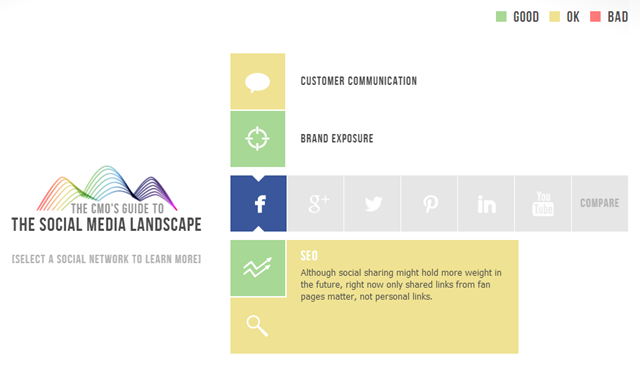When I give money to charity, I look closely at the aims of the organisation. I listen to the story and look for the downstream impact. And I look at the finances. I am keen to know how much of the money that is donated goes to programs and how much goes to administration.
Over the years my giving has changed. I noticed that I became more focused on this programs/administration split. I would stop supporting organisations as the admin component grew. In frustration, I eventually shifted my entire focus away from larger organisations to Kiva and to Vibewire – a youth arts and media not-for-profit. Through Kiva I have funded almost 100 loans now and continuously roll them over – I see them less as charity and more as social enterprise. In fact, that is what they are.
The same can be said for Vibewire which is entirely focused on providing a launchpad for young change makers.
But through my work with Vibewire, where I also serve as President, I have also learned about the need for administrative – or core – funding. Sure it is important to support programs and to impact individuals, but not-for-profits run on passion, enthusiasm and commitment. The money simply keeps the doors open. In general, NFPs stretch every last cent out of their available funds. On the surface, this is great. But in doing so, they find themselves with very little capacity to innovate.
As a result, the impact of change is more like a ripple than a tidal wave.
And yet, when we give to charity, we want and EXPECT to see that massive, transformational change. As Dan Palotta explains in the video below, charities are rewarded for how little they spend, rather than on the results that they achieve. Surely this should be the other way around.
So next time you are giving to charity, think about your actions and expectations. What happens when you think of your giving not as a GIFT but as an INVESTMENT in the future?
That’s the way I think of Vibewire (which is easier since it works specifically with young people). See what happens when you change the way you think about charity. What impact do you want to see and how can you make it happen – beyond the transaction of donating/giving? Take an additional step. Contribute skills. Expertise. Get involved. After all, it’s your future too.




